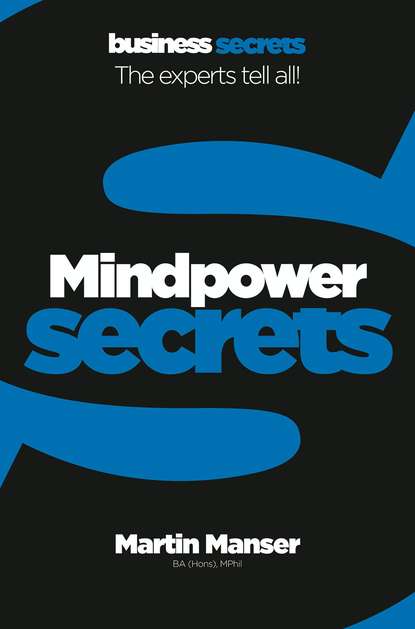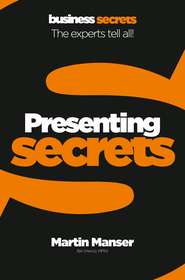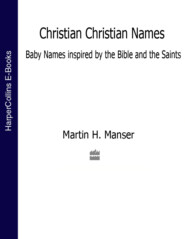По всем вопросам обращайтесь на: info@litportal.ru
(©) 2003-2024.
✖
Mindpower
Автор
Год написания книги
2019
Настройки чтения
Размер шрифта
Высота строк
Поля
When reading a document, it is important to know the reasons why you are reading it. Are you reading to gain specific knowledge of certain details? Or are you reading to gain an overall grasp of a subject? Knowing your purpose will determine the approach you choose to follow.
Different reasons for reading include:
1 To get an overall idea of the text – this is known as skim-reading or gist-reading.
2 To gain a lot of detailed understanding of information in the text – this is known as intensive reading.
case study Depak was given the brief to research the background of moving into a new market for mobile phones. He quickly found the best websites and navigated to the appropriate pages, where he found summaries of the new market and was able to take notes and present them to his meeting.
“A capacity and taste for reading gives access to whatever has already been discovered by others”
Abraham Lincoln, US President 1861–1865
3 To find a specific piece of information – this is known as scan reading.
4 To understand the writer’s purpose in the text. Because the writer’s purpose may be implicit rather than explicit, this is known as reading to infer.
We use different reading techniques at different times. For example, to look at a job advertisement to see if we might apply for the job, we will gist-read to gain a general understanding of whether we want to take things further. In looking at a website for a phone number of a company, we will scan-read the company’s homepage to locate the ‘Contact us’ page and then find the phone number. If we have to conduct research in writing a background paper on a new product, then we will have to undertake intensive reading of texts and articles to gain a lot of detailed information.
Know your purpose in reading; that will determine the approach you follow.
2.2 Read more quickly (#ulink_897a0842-6862-524a-af51-5f47489025d6)
Build on the steps as outlined in the previous Secret by adding the element of speed. Having prepared to read by working out your aims, you are now ready to read through a text more quickly.
Here are some ways to help you read through a text more quickly. If you practise the techniques, your reading will speed up.
• Devour the text. Rather than reading in a strictly linear way, a single word at a time, aim to read groups of words.
• Put a clock on it. Set yourself a task of reading a text in a specified amount of time. If necessary, deliberately put yourself under slight pressure to read in a concentrated manner. This will mean that you should aim to reduce not only the time you spend reading each group of words but also the time you spend going back and rereading previous sections.
• Look for content words. Much of a text will be taken up with function words, such as ‘of’, ‘the’, ‘much’, ‘a’, ‘will’, ‘be’ (as in this sentence). Train yourself to look for the significant words or groups of significant words in a paragraph. These will probably be the strong nouns, adjectives or verbs.
one minute wonder Take a long and difficult text that you are not looking forward to reading. Discipline yourself on this occasion to read only the first line of each paragraph. When you have finished, pause and think about what you have read. Note any questions that your reading has raised.
• Aim for the top. Look especially at the first sentence at the top of each paragraph. If the text is well-written, the material contained in all the other sentences in the paragraph should in some way relate to the idea expressed in the paragraph’s first sentence, expanding on it, discussing it, illustrating it, commenting on it or arguing with it. A further significance of this structure is that, if you want to compile a summary of a text, you should be able to take the first sentence of each paragraph as a basis.
• Look at the road signs. Read any summary or conclusions that are provided, and use the signposts of chapter headings and subheadings for information on content and context.
• Keep a track of direction. Look out for signposts such as ‘furthermore’ or ‘in addition’, which are used to reinforce a point already made. And look out for ‘although’ or ‘alternatively’, which are used to introduce a difference or contrast. Words such as ‘consequently’ and ‘therefore’ indicate a result.
Read a text in groups of words; focus on the key content words.
2.3 Take in key information (#ulink_1cc8df42-8ef8-5f5b-836b-c55c8e0b27ad)
One of your aims in reading will be to absorb the information in a text in order to relate it to other people. Here again, there are pointers to help you better absorb the text you are reading.
• Preparation. Before you begin, note down questions that occur to you and that you want answered about the subject. Read the text looking specifically for the answers to these questions.
• Read critically. As you read, evaluate both the key messages and the detail. Note the parts with which you disagree or strongly agree, and think specifically about them. (I did this once and found myself initially disagreeing with the author, but, after some thought, I revised my initial conclusions and was persuaded by the writer’s argument.)
case study
Вы ознакомились с фрагментом книги.
Приобретайте полный текст книги у нашего партнера:
Приобретайте полный текст книги у нашего партнера:












